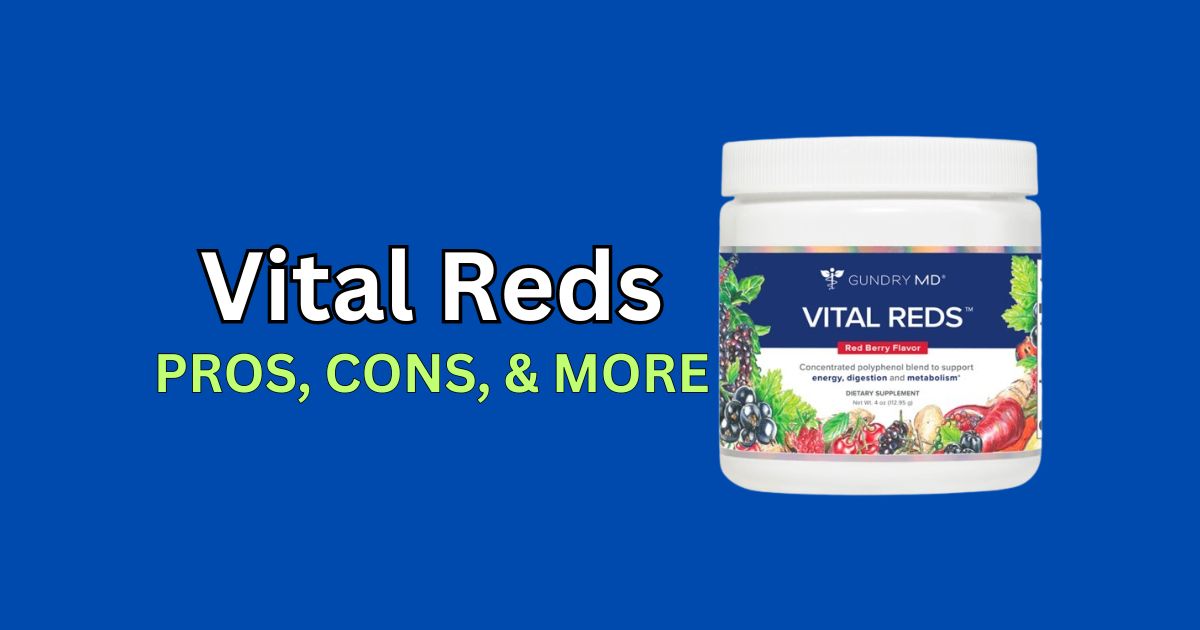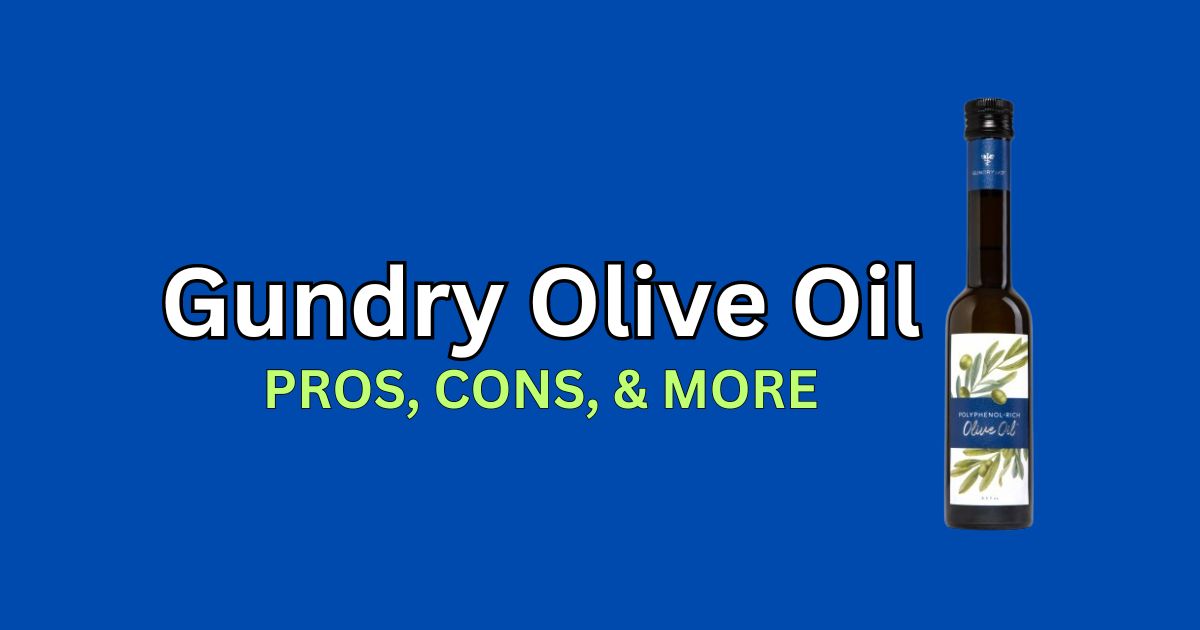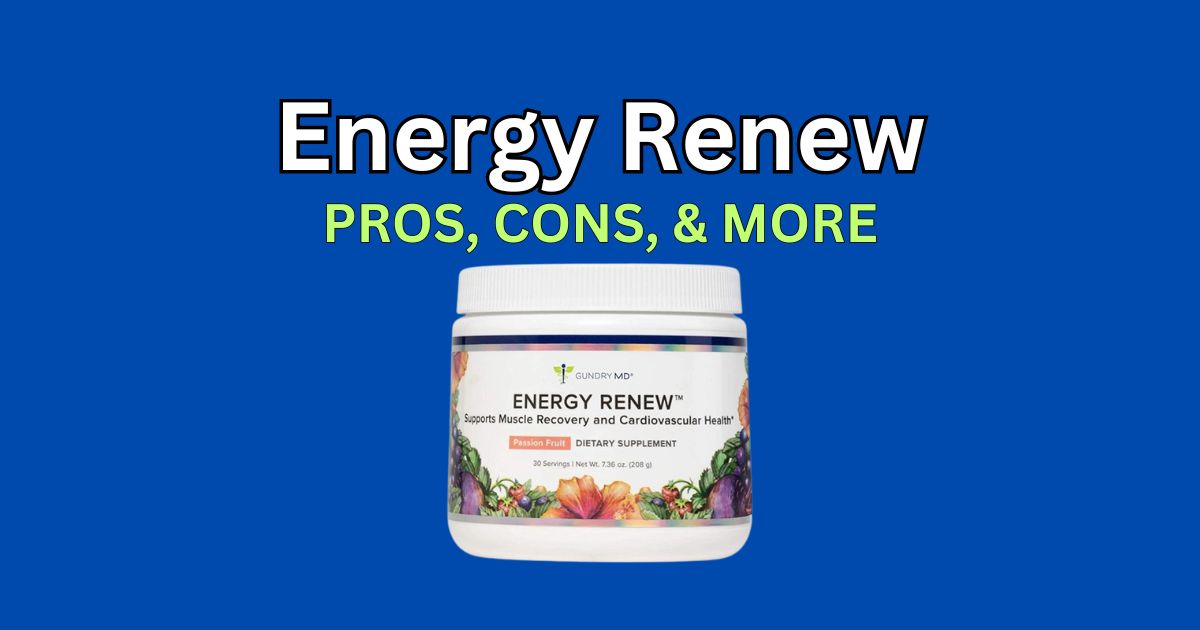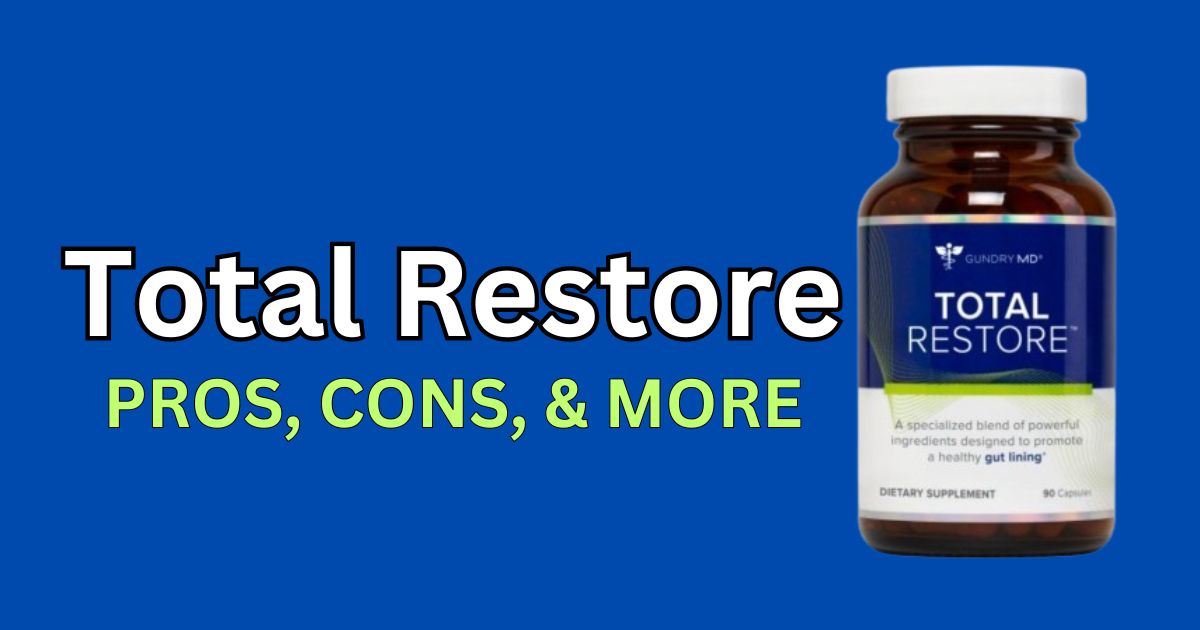How to Remove Lectins from Your Favorite Foods
October 23, 2023
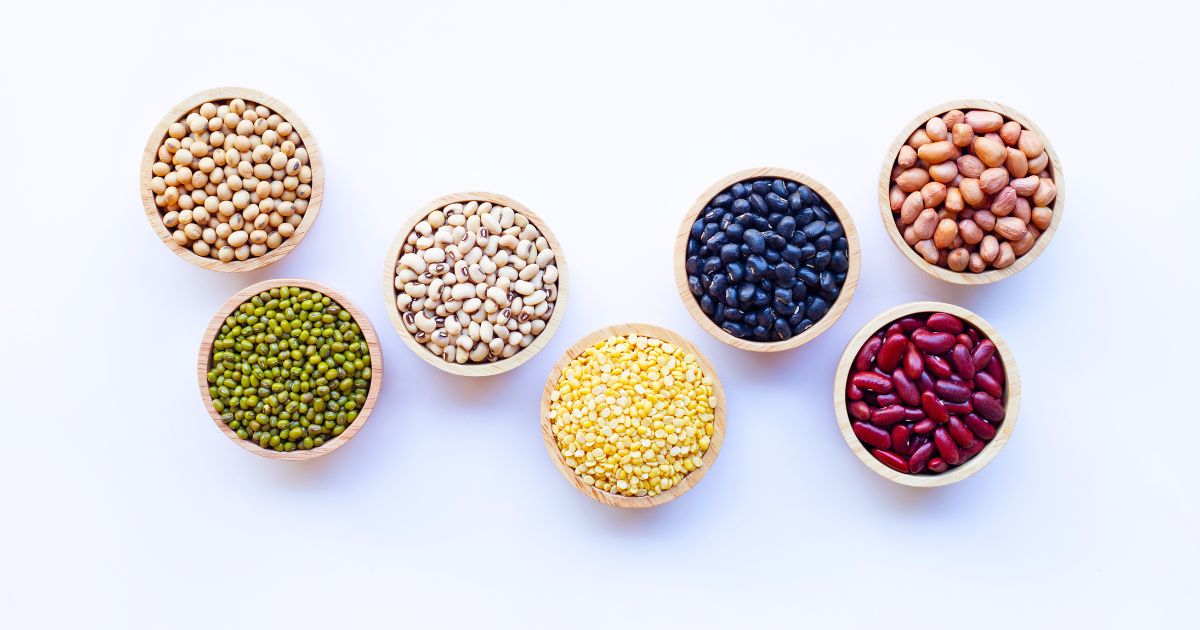
Are you tired of feeling bloated or experiencing digestive discomfort after enjoying your favorite plant-based foods? It might be due to the lectins lurking in those meals. But don’t worry, we have the perfect solution for you. In this blog post, we will explore “how to remove lectins from your favorite foods” through various methods, making them both delicious and easier on your digestive system.
Key Takeaways
- Lectins are proteins found in plant-based foods, whose effects vary from person to person.
- Preparation methods such as soaking, cooking, boiling and fermenting can reduce lectin content and make high-lectin foods more digestible.
- Incorporating low lectin alternatives into one’s diet may help promote weight loss and improve overall health.
Understanding Lectins: The Basics
Plant lectins are proteins found in nightshade vegetables and other plant-based foods. They interact with carbohydrates, playing a major role within biological processes. They act as the plants’ defense mechanisms against pests and predators alike. Consuming too much of these harmful lectins could cause damage to your gut wall, irritations, hindrance of proper nutrient absorption, or even lead to Irritable Bowel Syndrome (IBS). Not all people experience negative effects when consuming them.
Thankfully there are many methods which can reduce the high levels present in certain food products such as soaking/cooking/fermenting so that you may still enjoy their health benefits without adverse side effects happening from overconsumption. This allows us to take pleasure from our favourite plant based meals whilst also making sure we don’t suffer any ill reactions towards their consumption due to an excessive amount of lectin content being consumed throughout this process .
Common High-Lectin Foods
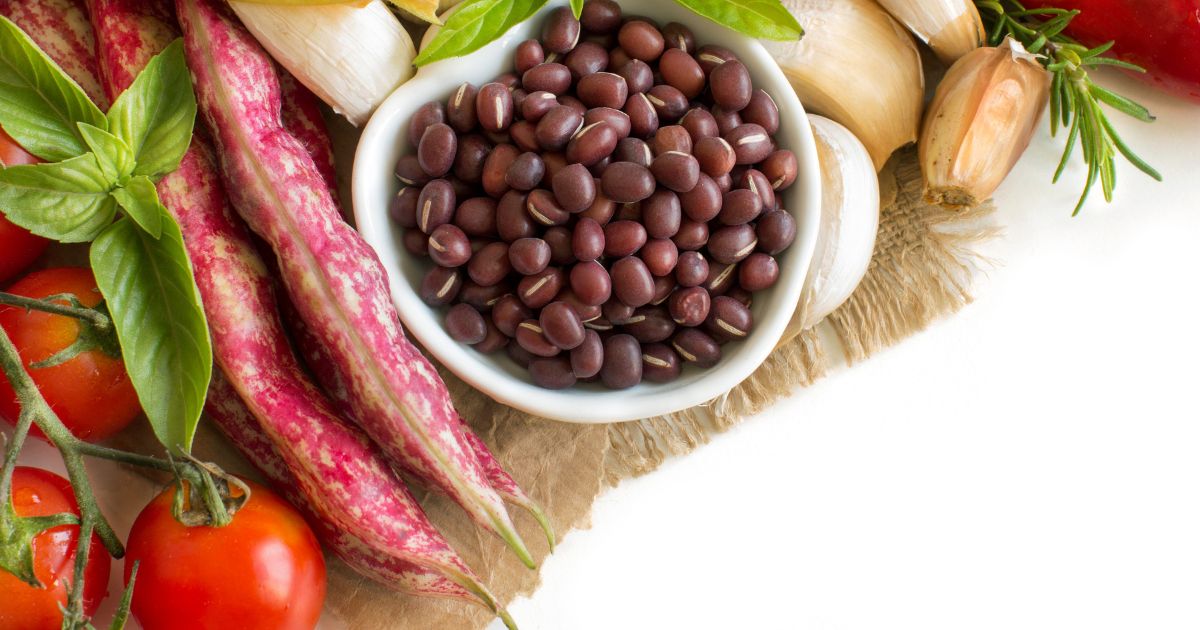
Most lectin-containing foods are high in this compound, including beans, lentils, wheat, soybeans, peanuts and potatoes. Individuals with sensitivity to these substances should be aware of the correct methods of food preparation that can reduce their lectin content. From soaking and cooking to fermenting for optimal benefits while minimizing any risks connected with reactivity.
To introduce lower levels into a diet plan it is important to first look at current habits regarding such ingredients then attempt adding more vegetables as replacements for higher concentrations. This method allows an individual to construct a personal meal program tailored towards his or her needs incorporating nutritious low-lectins whilst keeping balance intact between all components involved within dietary plans overall..
By being vigilant about what we eat our body receives many health advantages through careful consideration ensuring there’s enough good without potential harm by having too much Lectin containing meals on plate!
The Impact of Lectins on Health
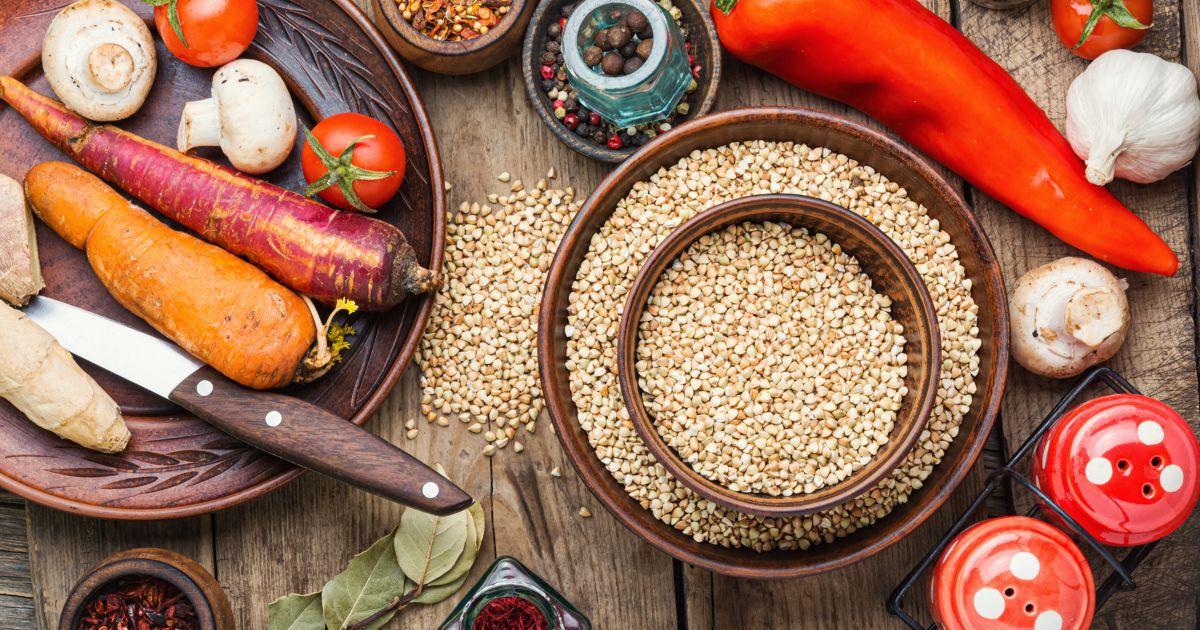
When consuming lectin-rich foods, it is essential to pay attention to our bodies and make decisions that match up with personal needs. Lectins have some health advantages like reducing the chance of certain types of cancer, working as antioxidants, and helping promote gut wellbeing. They can also create issues such as obstructing nutrient absorption or increasing inflammation which may affect blood sugar levels leading to irritable bowel syndrome (IBS). To reduce this risk one should consider options such a soaking/rinsing cooking in boiling water or pressure cooking high-lectin items prior before ingestion.
Five Effective Methods for Reducing Lectins in Your Favorite Foods
It is possible to reduce lectins in your favorite dishes through several techniques, such as soaking and rinsing, boiling or pressure cooking. Fermenting and sprouting are also useful ways of making high-lectin foods like whole grains more edible while still allowing you take advantage of their nutritional benefits. These strategies help make it easier to enjoy all the advantages that come from consuming these types of food without having any negative effects associated with them.
Soaking and Rinsing
It is advised to soak high lectin foods, such as beans and lentils in water for a minimum of 12 hours before consuming them. Doing so may diminish their amount of lectins, making the nutrients they contain more available during digestion while also reducing potential digestive issues that could be caused by these kinds of products. Despite this method though, some concentration of lectins might still remain present in the food after preparation. Yet soaking and rinsing can greatly minimize it resulting in consumption with fewer unwanted effects.
Cooking and Boiling
Reducing lectin content in high-lectin foods is achievable through cooking, such as boiling lentils for at least 10 minutes with enough water. Although the level of these toxins cannot be completely eliminated by this method alone, adding salt to the soaking or boiling process could reduce them further. To make sure that one’s intake of legumes remains safe and healthy overall It’s important to follow proper preparation instructions along with consuming these meals moderately .
Pressure Cooking
Pressure cooking is an effective way of minimizing lectin levels in beans, lentils and other legumes. To ensure that lentils are safe for consumption it’s important to rinse them thoroughly prior to soaking them for one hour then follow the instructions on pressure cookers. In order to reduce the amount of lectins found in kidney beans, chickpeas or canned varieties overnight soak with water changes every three-four hours should be done before they are cooked under a pressurized environment.. By following these steps we can diminish potential digestive discomforts by lowering their content level.
Fermenting
Fermentation is an age-old method of preparing high lectin foods that helps decrease their anti-nutritional properties and enrich the nutritional value. By fermenting lentils, for instance, it can reduce the quantity of adverse elements associated with consuming them like lectins while simultaneously making micronutrients more bioavailable to improve digestion and increase its nutrition levels. This process makes food far easier to digest in a way that still preserves all important pieces of information about these dishes.
Sprouting
The consumption of high-lectin foods such as beans and lentils can be made easier on digestion by sprouting them. This process also reduces the lectin content in these edibles, making it beneficial to health. To begin, place the items in water for 12 hours before rinsing off thoroughly with a strainer and allowing them to grow small shoots over several days after refilling back into their jar with fresh liquid inside. This will enable you not only decrease negative effects associated with consuming heavy amounts of lectins but enjoy an increase in nutrient bioavailability along boosted levels vitamins plus heightened antioxidant properties together higher mineral contents too! By including more sprouted legumes like kidney beans or Lentils into your diet through meals regularly allows tasty benefits without worrying about any unhealthy drawbacks from those same types of food sources.
Incorporating Low-Lectin Alternatives
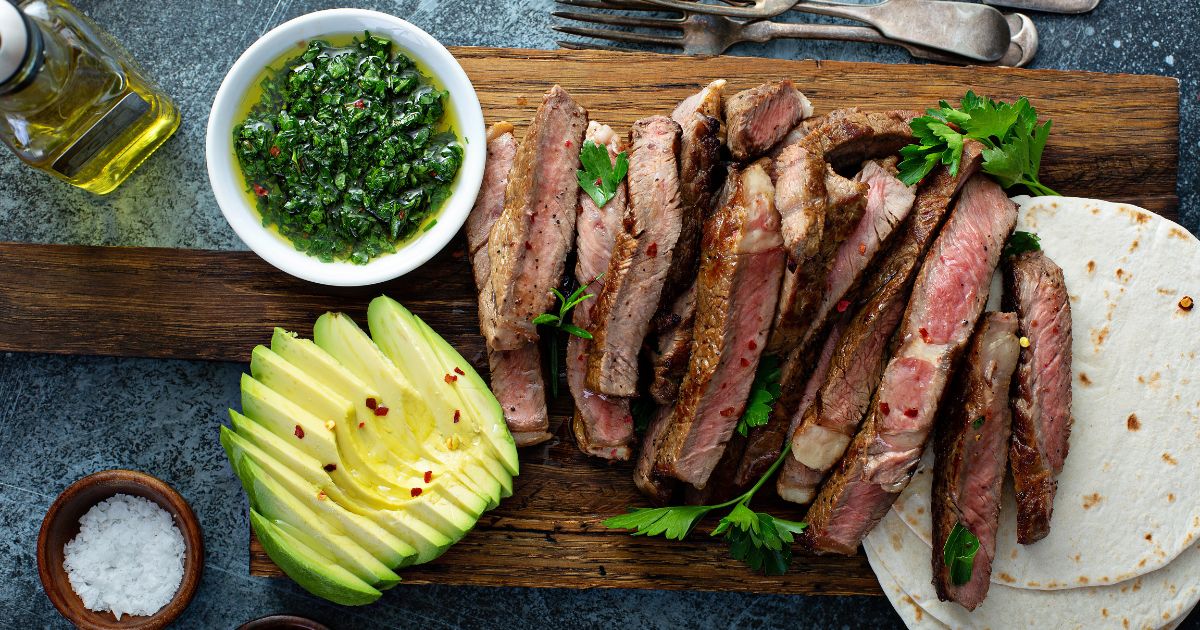
Swapping out lectin-rich foods in your diet for low-lectin alternatives can supply the essential nutrients needed while avoiding negative impacts. Try incorporating more nutrient dense, low lectin dishes such as avocado, cooked sweet potatoes and grass fed meats into meals along with healthy fats like coconut oil or olive oil. By constructing a balance of lower lecture options you’ll be able to reap many benefits. Including weight loss, lessened inflammation levels which promote better health overall. This is why it’s important to observe current eating habits and create an adapted dietary plan that consists primarily of safe but nutritious choices – this way we make sure our body always has what it needs!
Delicious Lectin-Free Recipes to Try
Having learnt how to lower the lectin content in your favorite dishes, you are now all set to prepare some delicious meals that do not contain any of these compounds and yet still satisfy your palate. These three recipes – hearty lentil soup, quinoa salad with a cooling touch and savory tomato salsa- make for great options as they promote digestive health while remaining delectable.
Hearty Lentil Soup
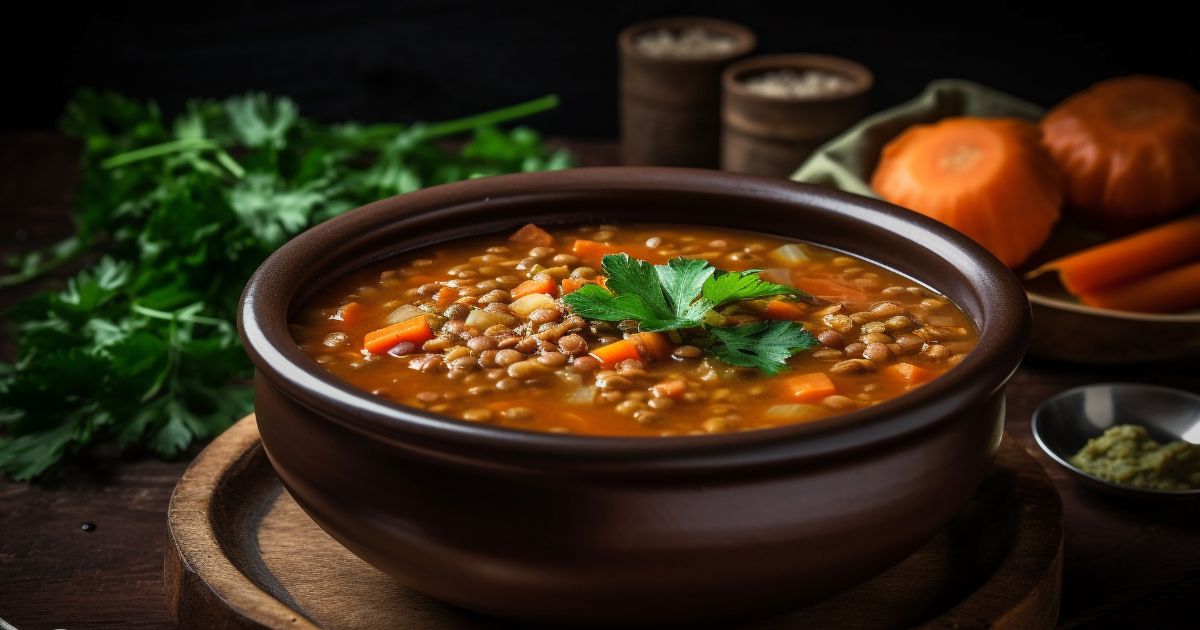
Begin by soaking lentils in water for a minimum of 8 hours before draining and cooking. Start with heating some extra-virgin olive oil in a pot then adding slices of leek, chopped fennel bulbs, stalks along with peeled and sliced carrots to the pan while sautéing these vegetables until they are tender. Add raw beans simmered that have been prepared alongside the soaked lentils into the same pot followed by pouring vegetable broth or just plain water enough to cover them up. Bringing it all to boiling point then reducing heat so as they simmer another 30 minutes till cooked throughly. Flavor this lectin free hearty soup with salt , pepper & herbs desired plus any additional veggies like potatoes, more carrots or greens you may wish to bring an increase nutrition level – simmer those last additions 10/15minutes prior serving . Enjoy!
Refreshing Quinoa Salad
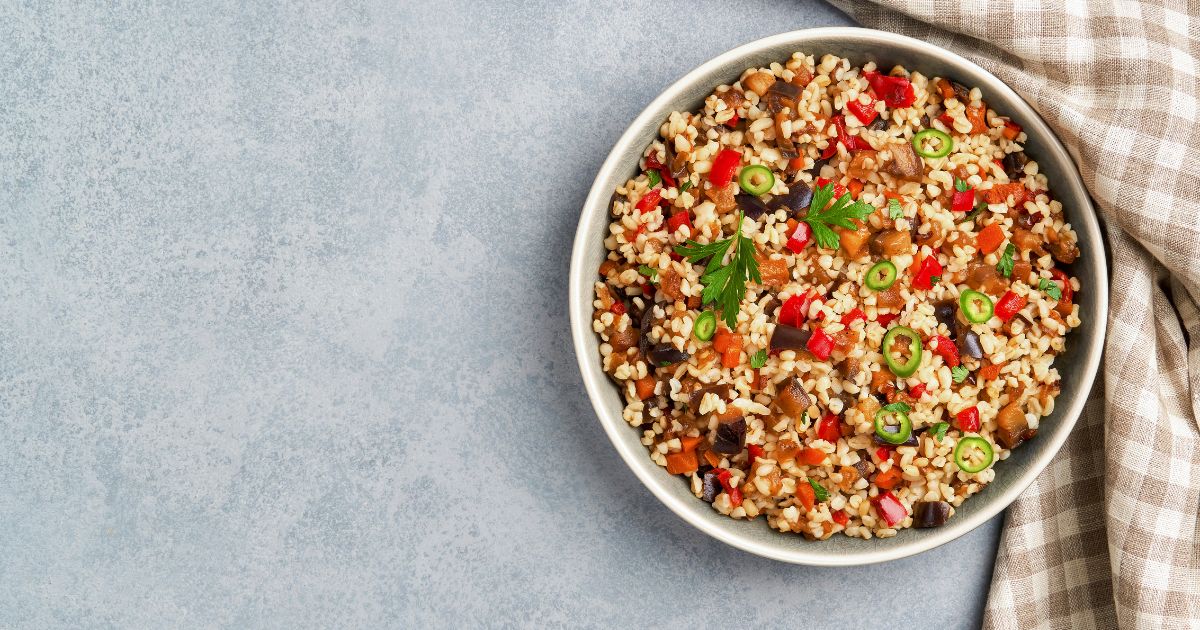
This delectable lectin-free quinoa salad can be easily prepared in no time. Begin by following the instructions on the package to cook and cool off your quinoa. While that is cooling, you will want to chop up vegetables such as tomatoes, cucumbers, carrots, peppers and onions into small pieces for added texture of flavor. Make sure not forget about creating a tasty tangy dressing with ingredients like garlic mixed with lemon juice plus olive oil or vinegar, this combination adds lots of zest! Once everything has been combined including cooked cooled down quinoa mix it all together then enjoy your mouthwatering dish which happens to also being low in carbohydrates and free from problematic lectins!.
Flavorful Tomato Salsa
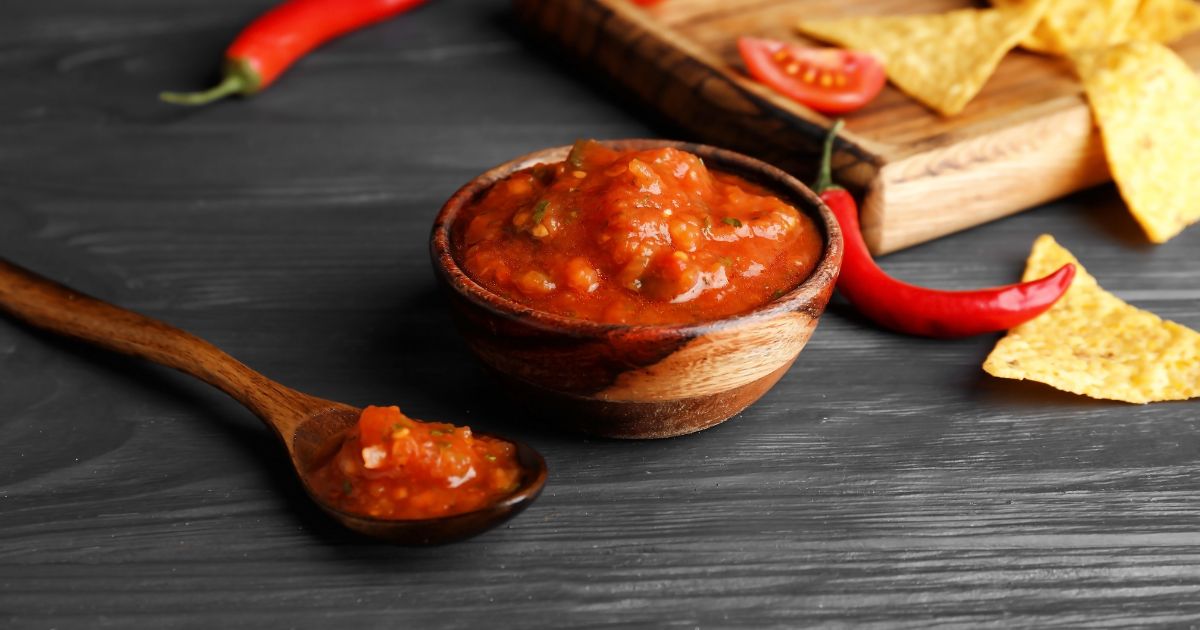
Tomato salsa without lectins is a simple yet flavorful and healthy snack that can be easily made. Boiling tomatoes for 10 minutes followed by rinsing them in cold water and then peeling off the skin will create a safe, lectin-free preparation. Chopped tomatoes are combined with onions, cilantro, lime juice as well other optional ingredients like garlic cloves, bell peppers or jalapeños to give an extra kick of flavor before serving this delicious concoction alongside tortilla chips or topping tacos and burritos!
Summary
You can still enjoy your favorite foods and reap the nutritional benefits associated with them while also improving your digestive health by reducing or eliminating lectins. By using methods such as soaking and rinsing, boiling or cooking food items, pressure cooking them, fermenting ingredients together in a jar over time ,or sprouting grains for later use -you can create appetizing meals that are free of these pesky compounds. So why not give it a try to take advantage of this added boost to both your nutrition-intake and wellbeing?
Frequently Asked Questions
How do you flush lectins out of your body?
D-Mannose is a naturally occurring compound that binds to lectins and guards against infection. It can be found in several foods like cranberries, oranges, peaches and blueberries which can help the body flush out those same lectins effectively.
What foods destroy lectins?
Boiling certain types of legumes, such as soybeans and kidney beans, can deactivate their lectin content. This process has been known to drastically reduce or even eliminate any potential negative effects that lectins
What are the 3 foods Dr Gundry says to avoid?
According to Dr. Gundry, one should steer clear of certain foods with high levels of lectin such as Goji berries, Chia seeds and wheatgrass. To avoiding refined starches, sugar/sweeteners, soybeans/lentils, dairy (except the ones mentioned), grains like corn or rice along with legumes and other vegetables including tomatoes & bell peppers.
Is oatmeal high in lectins?
Oatmeal is a grain of the same family as wheat, rice and oats. It is packed with lectins.
How can I reduce the lectin content in my food?
To lower the amount of lectin in food, various methods can be implemented such as soaking and rinsing, boiling or cooking it, pressure cooking , fermenting and sprouting.

